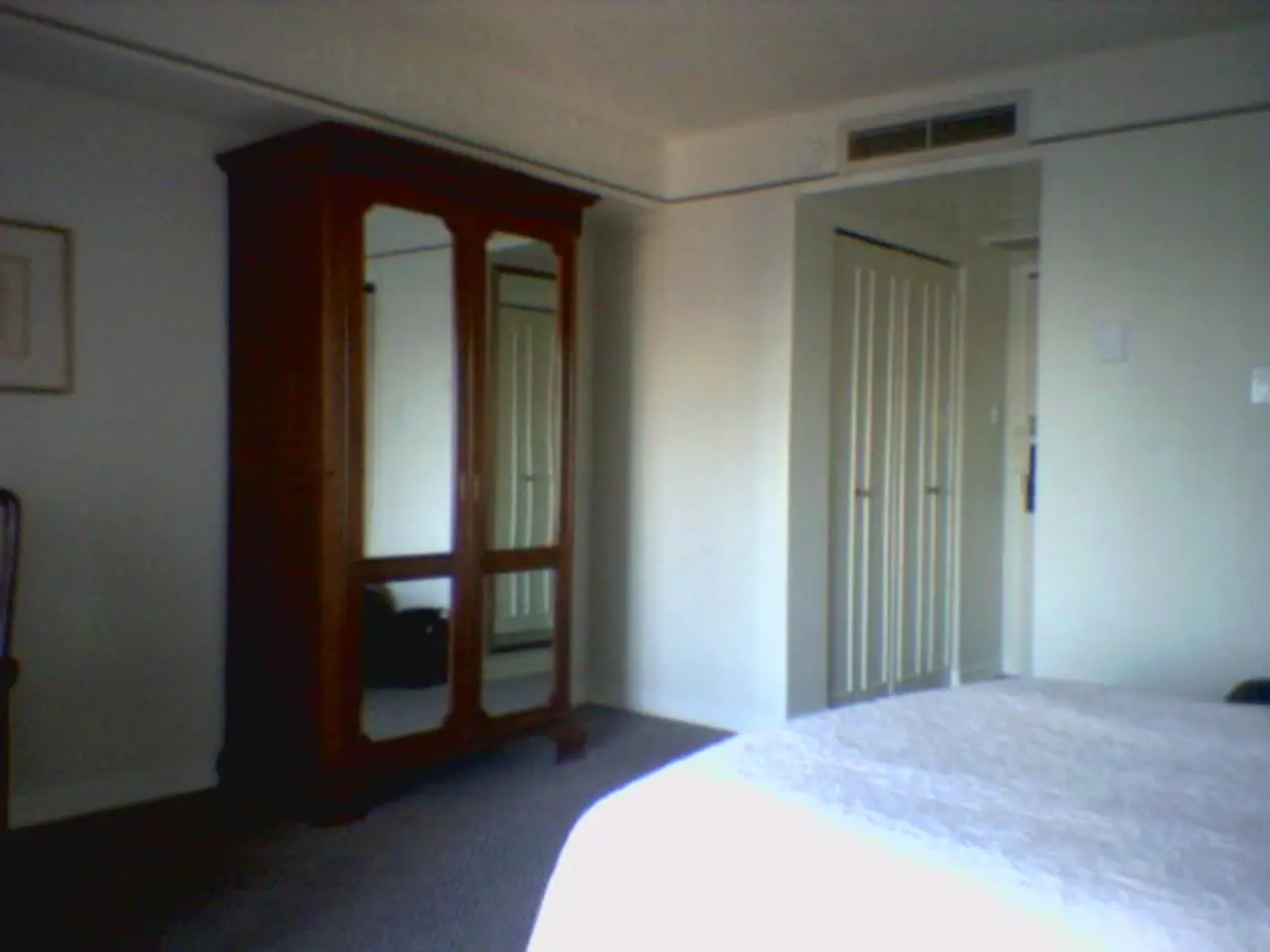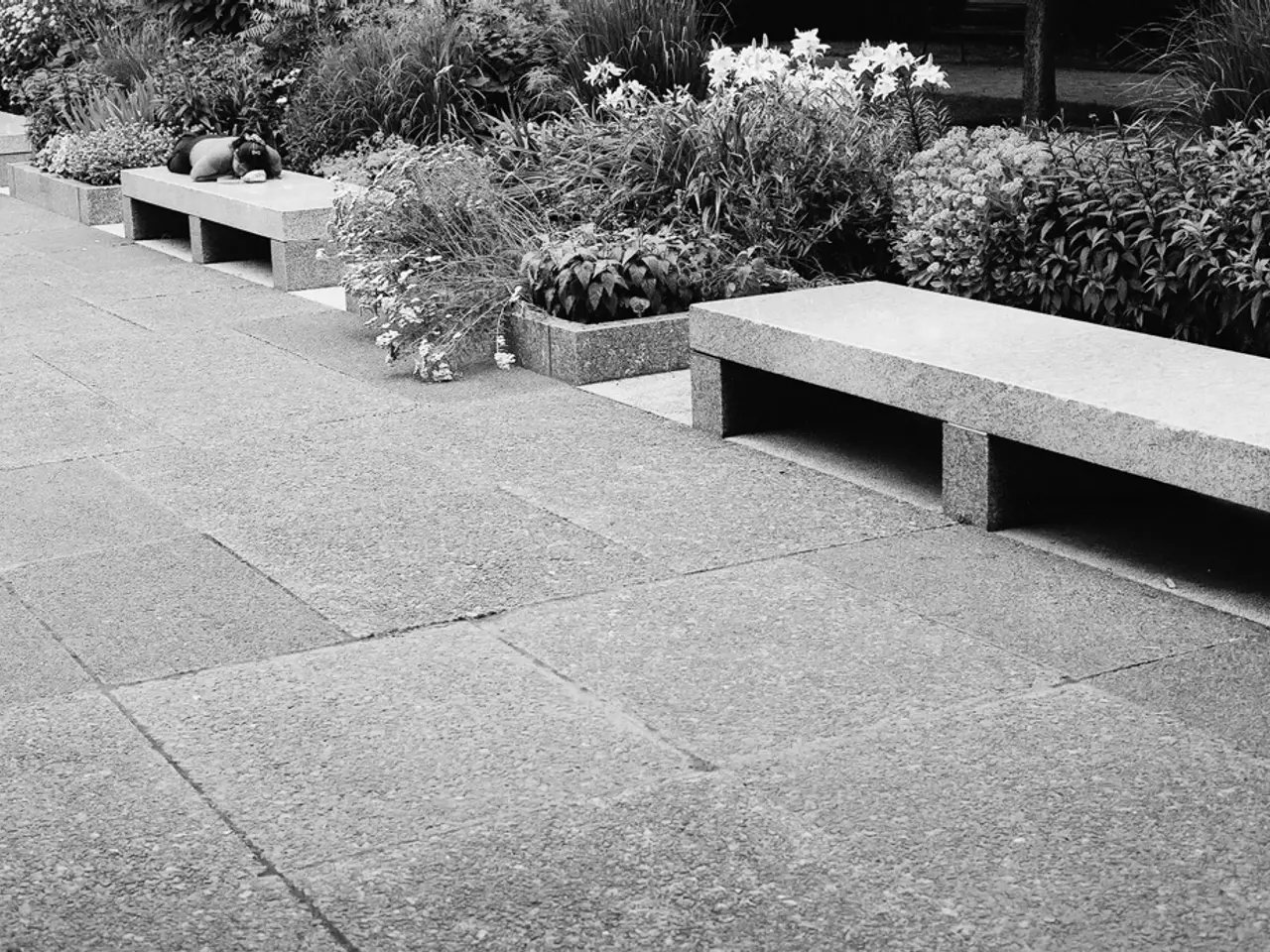Residential Buildings Lacking Heating, Ventilation, and Air Conditioning Systems
Ingolstadt Pioneers Eco-Friendly Housing Pilot Project
Ingolstadt, a city in Bavaria, Germany, is setting a new standard for sustainable urban development with its groundbreaking eco-friendly housing pilot project. This initiative, focusing on citizen participation, advanced energy management, and blue-green infrastructure, is poised to redefine future housing standards in the city and beyond.
At the heart of this project is citizen involvement. By employing hybrid participation formats, Ingolstadt is engaging residents in planning and adapting blue-green infrastructure. This approach promotes climate resilience and fosters a sense of community ownership, all part of Ingolstadt’s Blue Green City initiative.
The project also boasts energy-efficient solutions. Digital monitoring and control systems, similar to those provided by companies like metr, are being used to reduce energy consumption and optimize heating systems. These innovations contribute significantly to sustainability goals and lower emissions.
Ingolstadt's approach aligns with current trends such as circular building practices and sustainable urban reuse, which are gaining recognition in Germany. In fact, the project has already garnered attention, being nominated for sustainability awards.
Progress in the project has been impressive. Presentations by Ingolstadt officials at recent European events have showcased the city's ability to mobilize public participation for climate adaptation and sustainable infrastructure. Moreover, technological advancements in managing building energy data have led to measurable energy savings, with comparable projects reporting savings of around 24%.
The impact of this pilot project on future housing standards is significant. The demonstrated success in energy-efficient building operation and community involvement informs new standards for residential construction and urban planning in Ingolstadt and potentially beyond. It supports the wider adoption of climate-friendly, digitally monitored housing developments that emphasize resource efficiency and citizen engagement.
Ingolstadt's example contributes to broader policy and practical frameworks for resilient, low-impact housing that can be integrated into EU and German sustainability goals. The houses being built are designed to be barrier-free, age-appropriate, affordable, and ecological.
Managing Director Bendzko considers this project a stroke of luck and an opportunity to turn bold concepts into reality. Construction of 1,200 apartments in Ingolstadt began in April 2024 and is set to be completed by November 1, 2025. Notably, the construction of these apartments was already planned by GWG when the project was requested by the ministry.
This housing project may serve as a model for future-proof housing. GWG, the driving force behind the construction project, received funding of 5.8 million euros for the initiative. Ingolstadt is leading the way in innovative housing solutions, paving the path for a more sustainable future.
- To further reinforced the project's focus on sustainability, the houses being built will incorporate principles of environmental-science, ensuring they are barrier-free, age-appropriate, affordable, and ecological.
- As part of the lifestyle changes needed to combat climate-change, the homes will integrate advanced energy management systems, such as digital monitoring and control systems, to optimize energy consumption and promote sustainable living.
- Additionally, combining future housing standards with home-and-garden design, the blue-green infrastructure in the project embraces greenery, water features, and eco-friendly landscaping, contributing to a healthier urban environment.




